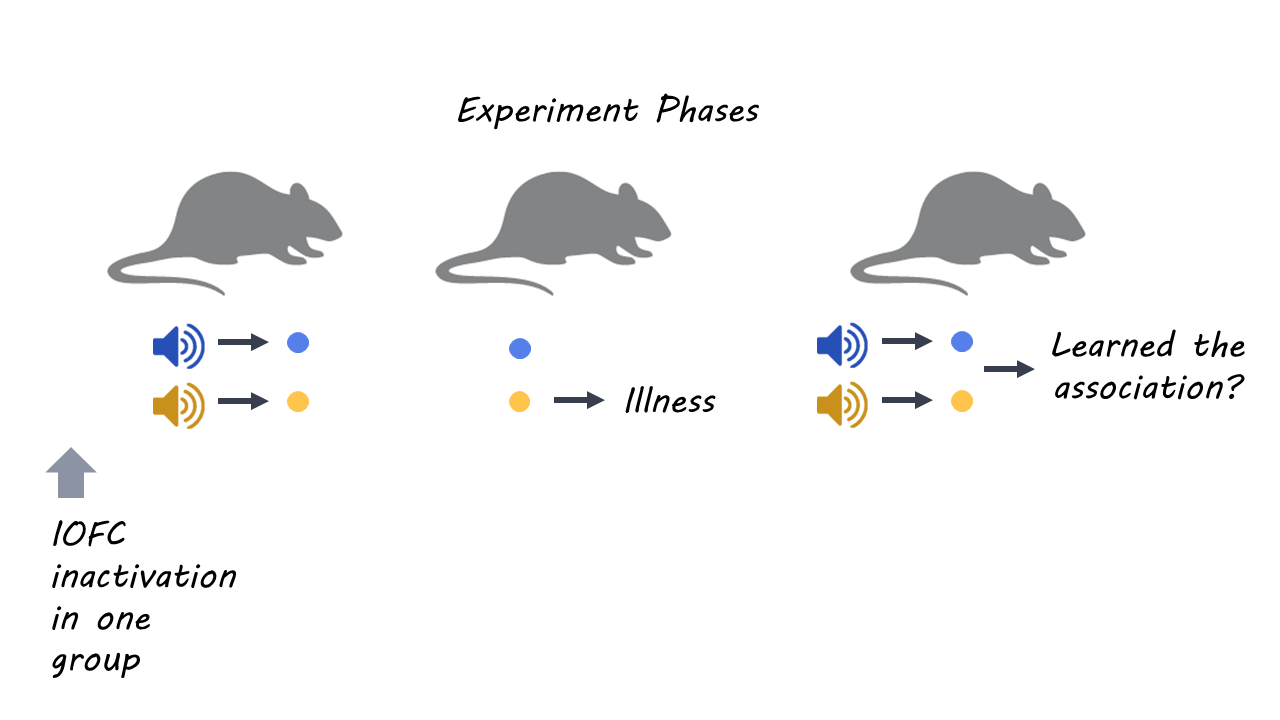Can Wearable Devices Be Used to Identify Patients at Risk Following a Traumatic Event?
Post by Kulpreet Cheema
The takeaway
Wrist-wearable devices can be used to track pain, anxiety, and sleep-related outcomes in individuals who’ve suffered from exposure to trauma in order to identify who might be at risk of persistent symptoms vs. recovery. Less movement during the day and more sleep disruption at night was associated with increased pain while changes in the number of sleep-wake transitions were associated with changes in sleep, pain, and anxiety.
What's the science?
After a traumatic event, socioeconomically disadvantaged individuals are at a greater risk of developing adverse posttraumatic neuropsychiatric sequelae (APNS). Some APNS symptoms include pain, depression, anxiety, and sleep disruption. Data pertaining to these symptoms can be collected with wrist-wearable devices, however, the utility of such devices to measure APNS symptoms following trauma exposure is unknown. This week in JAMA Psychiatry, Straus and colleagues aimed to evaluate if wrist-wearable devices can detect biomarkers to predict recovery after a traumatic experience.
How did they do it?
Data from 2021 participants, who had come to an emergency department within 72 hours of experiencing a traumatic experience, was analyzed. After their emergency room visit, participants wore a watch by Verily Life Sciences for eight weeks and self-reported ten symptoms related to APNS. Some APNS symptoms included in the self-report were pain, depressive symptoms, sleep discontinuity, and anxiety. The authors also collected accelerometry data from the watch, from which rest-activity features of sleep and average daily activity were estimated. Linear mixed models were used to derive and validate the relationships between the self-reported symptom data and the 24-hour rest-activity features.
What did they find?
The authors found nine significant rest-activity biomarkers correlated with APNS symptoms of pain, sleep, and anxiety. Reduced daily activity variance was positively associated with increased pain, meaning that the individuals who reported pain were less active during the day and more restless during the night.
In addition, individuals who reported having anxiety and sleep quality difficulties also had more sleep/wake transitions. Similarly, fewer sleep-wake transitions were associated with improved anxiety and sleep quality. This suggests a bidirectional relationship between sleep quality and anxiety. Further, it suggests that improving sleep quality might help improve anxiety in people dealing with traumatic stress.
What's the impact?
The study was the first to examine the utility of rest-activity data obtained from a wearable device in tracking APNS-related outcomes in individuals dealing with traumatic stress. The findings suggest that the data obtained from wearable devices could be used to screen for which individuals are at risk of persistence of APNS symptoms. In addition, these biomarkers can be used in the clinic to help understand the recovery process and provide appropriate treatment approaches.




